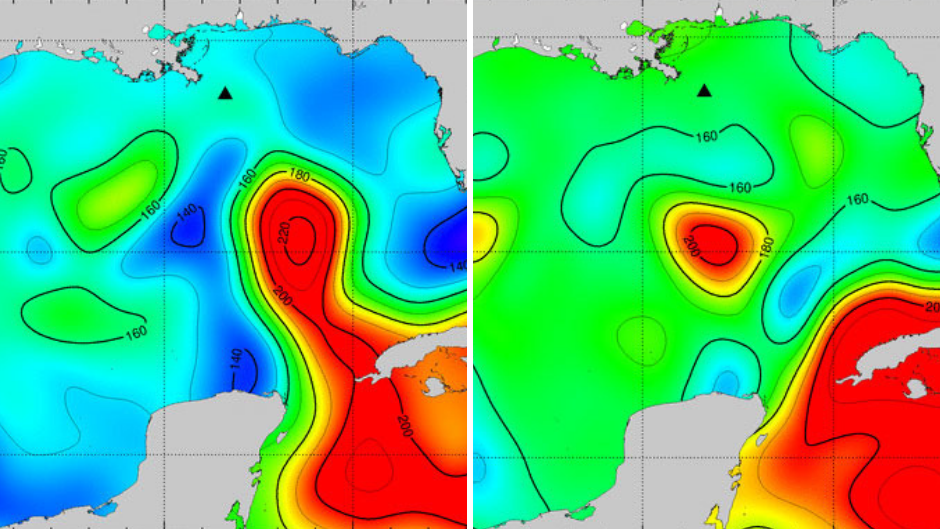University of Miami phytoplankton ecologist Larry Brand was up early Thursday to prepare his mobile laboratory for a research trip to Florida’s west coast when he heard the startling news: Lab tests had confirmed the presence of red tide in Miami-Dade ocean waters, forcing county officials to close public beaches north of Haulover Inlet until further notice.
“If someone had asked me yesterday if red tide would make it over this way, I would have said I didn’t expect it to—yet here it is,” said Brand.
Three sampling areas off Miami Beach and Crandon Park were in the “very-low to low range,” while results for samples collected off Haulover Park confirmed “medium concentration” of algae linked to red tide, according to a statement released by Miami-Dade County Mayor Carlos Gimenez’s office.
“This is extremely unusual,” said Brand. “I’m not sure if we’ve ever had red tide in Dade County. It just doesn’t naturally live over here. It lives in the Gulf of Mexico, and the big hot spot is on the coastline from Tampa Bay down to Naples.”
Indeed, residents of Southwest Florida are all too familiar with the Karenia brevisalgae that cause red tide. For the past year the toxic algal bloom has devastated their coast, killing marine life, triggering respiratory distress in humans, and hurting tourism and local businesses.
“But I would not expect it to get anywhere near as bad here as it is on the state’s west coast,” said Brand, a professor of marine biology and ecology at UM’s Rosenstiel School of Marine and Atmospheric Science. “We have stronger [ocean] currents that generally flush everything away very quickly. Typically, waters on the Southwest Coast tend to be more stagnant, and once they get the bloom over there, it tends to stay for a while.”
Scientists believe the blooms reached the Atlantic mostly likely by riding the Loop Current. An area of warm water that travels up from the Caribbean, past the Yucatan Peninsula, and into the Gulf of Mexico, the Loop Current is also known as the Florida Current, as it flows through the Florida Strait into the Gulf Stream, and heads north up the eastern coast of the U.S.
“During the months of August and September, the Loop Current moved to the south, allowing the bloom in the West Florida Shelf to be transported to the Atlantic by the current,” said Maria Josefina Olascoaga, a professor of ocean sciences at the Rosenstiel School who has studied the Loop Current extensively, once collaborating with Brand and others on a 2016 study that found the current plays an important role in sustaining red tide blooms.
But for now, the question on everyone’s mind is how long will red tide persist off the coast of Miami-Dade and other east coast counties to the north. Blooms have also been confirmed in Palm Beach, Martin, and St. Lucie counties. Sample results were pending for Broward County.
“It’s hard to say,” Brand said as to the question of how long the blooms will last, adding it could depend on the current and wind.
Brand, who on Thursday morning had answered questions from such media outlets as CNN, Reuters and CBS4, advised vigilance—a strategy also being employed by Gimenez’s office.
“We will continue to seek guidance from the state Fish and Wildlife Conservation Commission and take precautionary measures as needed,” the mayor said in a statement.
UM’s Office of Emergency Management is also monitoring test results, and is identifying what actions could potentially be needed if the Rosenstiel School experiences impacts from red tide.
Read about the research being conducted by UM scientists that could lead to a better understanding of harmful algal blooms fouling Florida’s waterways and coastlines.

